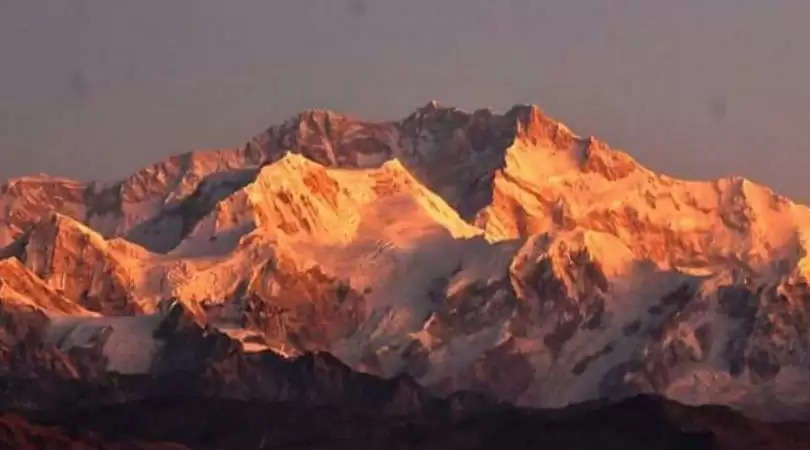Sikkimese object to opening up of Mt. Kanchenjunga to tourists

GANGTOK | Aug 23, 2019:
When Union Home Ministry opened up Mount Khangchendzonga for climbing along with 136 other peaks on Wednesday, the reaction to this development has been mostly 'negative'.
"We condemn this and want immediate withdrawal of this notification which hurts our sentiment as it is not just a peak but our guardian deity," said Tseten Tashi Bhutia, Convenor, Sikkim Bhutia Lepcha Apex Committee.
The previous SDF Government in Sikkim had banned expeditions to Khangchendzonga and seven other sacred peaks in the year 2000 following protests to protect the sanctity of the mountain.
Sikkim | ITBP successfully scales Mt Kangchengyo
Addressing the demand to open more mountain peaks for mountaineering and trekking, Ministry of Home Affairs (MHA) has announced that the Government will open 137 mountain peaks which are located in Jammu & Kashmir, Himachal Pradesh, Uttrakhand and Sikkim to foreigners who want to obtain Mountaineering Visa (MX) for climbing/ trekking these newly opened peaks. The decision has been lauded by the adventure travel industry in India.
The government of Sikkim has banned expeditions to Kanchenjunga and seven others sacred peaks – just as 18 unclimbed mountains elsewhere in India have been opened for the first time.
Sikkim: New BJP MLAs submit memo to Amit Shah seeking protection of old laws
It was a gesture of respect for the religious sensitivities of the people who regard the mountain as a deity.
Kanchenjunga, which straddles the border between India and Nepal, is viewed by the Sikkimese as both a god and the abode of gods. The legendary yeti, called Nee-guide in Sikkim, is believed to roam its slopes.
The controversy erupted in April 2000 when the state government allowed an Austrian team to attempt the near-vertical trek up the 8,598-metre (28,208ft) peak in exchange for $20,000. The team, led by the climber Willie Bauer, tried to assuage Buddhist feeling by agreeing to turn back 10 metres short of the top.
The mountain – which is smaller only than Mount Everest and K2 – was first climbed in 1953 by the Briton Charles Evans from its Nepal side. A ban on foreigners was imposed in 1955.
Recently, the UNESCO had declared Kanchenjunga National Park as a world heritage site stating, "Mythological stories are associated with this mountain and with a great number of natural elements (caves, rivers, lakes, etc.) that are the object of worship by the indigenous people of Sikkim. The sacred meanings of these stories and practices have been integrated with Buddhist beliefs and constitute the basis for Sikkimese identity."
Festival of Pang Lhabsol is also held annually in Sikkim to worship and honour the sacred mountain.

















